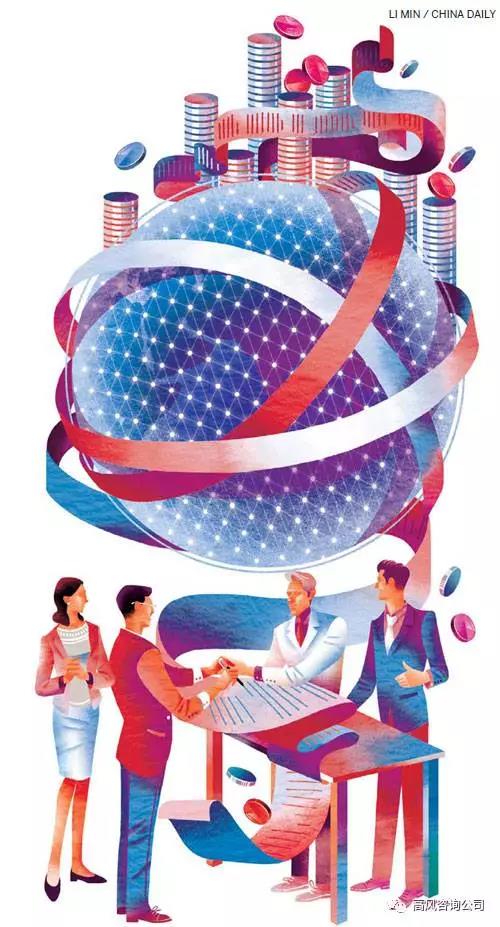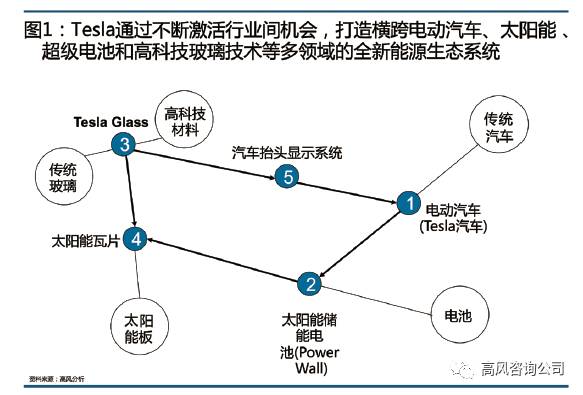
By Edward Tse | China Daily Europe | Updated: 2016-12-30
Uncertainty will dog 2017 but it will be offset by immense opportunity
It has been a monumental year for Chinese companies’ overseas investments. The companies, as a group have become the world’s largest source of foreign direct investment. According to Bloomberg, as of Dec 8. Chinese cross-border merger and acquisition activity for the year reached $237.7 billion (227.6 billion euros; 194 billion) – including $63.9 bilion and $83.4 billion on US and European acquisitions respectively – a year-on-year increase of 186 percent.
If the past quarter of 2016 is a sign of what is to come in 2017, then Chinese outbound investments will likely face a much more complicated environment, with the new year likely to be one of more geographically diversified M&A coupled with a decline of overall M&A volume, especially in the early part of the year.
In November 2016, the Chinese government made a decision to restrict capital outflows by increasing the scrutiny of Chinese outbound acquisitions over $10 billion and acquisitions of over $1 billion that are unrelated to the “core business” of the Chinese buyers. At the same time, the government also singled out investment in certain industries, such as foreign entertainment, hotels, real estate, film, and professional sports, where there will be increased scrutiny.
These additional capital controls didn’t just affect Chinese firms. Foreign companies were surprised to discover that the amount of cash needing approval by the State Administration of Foreign Exchange to be remitted abroad dropped from $50 million to $5 million and that the entire process will take more time than it did previously.
The results of the US presidential election and the rise of political populism in a series of other countries, including many in Europe, are casting major uncertainty on global politics. Both domestic and foreign pressures will force Chinese companies to become smarter and more knowledgeable when it comes to their global M&A goals and strategies.
How relations between the United States and China will evolve once Donald Trump becomes president remains highly uncertain and difficult to predict. There seems to be a prevailing political wind against further Chinese acquisitions of US companies, given the background of Trump’s major campaign controversies related to China throughout his presidential campaign.
It remains to be seen what awaits Chinese investors in the US in 2017, but a highly likely scenario is one in which it will be more difficult for Chinese acquisitions to get approval from the US government in sectors the government deems sensitive or potentially involved with national security. However, for the other sectors, one would be hard-pressed to imagine why and how the US government would not welcome Chinese investment.
A case in point is Fuyao Glass, which is investing $1 billion in the US, including a $500 million investment in Ohio to build the world’s largest automotive glass plant.
According to Cao Dewang, Fuyao’s chairman, the decision to invest in the US was based on analysis comparing the economics of producing glass in the US and in China. He concluded that it is in fact cheaper to produce in the US. By building a plant there, Fuyao’s investment would create between 2,500 to 3,000 local jobs. And job creation in the US, particularly in the blue-collar segment in the US rust belt, is a priority for the country.
Europe will probably continue in some form of economic stagnation in 2017. It may follow the US in policy-setting regarding Chinese businesses in some areas (China’s non-market-economy status, for example), but it may also decide to strike out on its own path in areas where it feels there would be tangible benefits to its member countries.
We expect Chinese companies to continue their interest in acquiring European companies – to gain access to necessary and more advanced technologies, for market access, or for bringing the acquired companies to the China market as part of business expansion.
The greatest risk for Chinese investors looking at European opportunities in 2017 will be an increase in local populism. European populism will be a wild card in 2017 that could cause Chinese companies seeking acquisition opportunities to be suddenly shut down by European leaders to satisfy their own citizens and fend off attacks from political rivals.
When Brexit becomes a reality in 2017, the United Kingdom will likely feel more vulnerable and possibly drive the UK government and its companies to cooperate more with their Chinese counterparts.
Already since the referendum, the pound sterling has depreciated quite a bit, from its high of 1:1.47 USD in May to 1:1.24 USD at its lowest to date in December, making the price of UK assets cheaper relative to the USD and RMB. This presents Chinese investors with opportunities to find good deals such as those found in British real estate investments.
As China looks at the world, there is clearly ample space beyond the US and Europe. In the past several years, China has stepped up its effort to play a more visible and influential role in international governance and geopolitics. The Belt and Road Initiative, though still nascent, is an ambitious and multinational program that could open up opportunities for Chinese and non-Chinese companies. Some of these initiatives can be huge and will take some time to materialize, if at all, but for the moment, good momentum is being generated.
We expect to see a higher degree of Chinese M&A activities in the countries along the Belt and Road. I recently visited Manila in the Philippines and met with a number of senior business executives. There was quite a high degree of interest from the Filipino business community regarding Chinese companies’ investment in their country.
This coincides with the renewed, improved diplomatic relationship between China and the Philippines – and, after all, the Philippines is also strategically located at the beginning of the Maritime Silk Road.
Of course, the Philippines is not the US or Europe. Nonetheless, it is an example of where Chinese investments are very much welcome.
We also expect more investment from Chinese companies along other parts of the land and maritime Silk Roads, and it will come not only from Chinese state-owned enterprises but also from private companies. Africa, in particular, could see a step-up in such activities, as many African countries need more and better infrastructure, and some of them are rich in resources that China desires. Strategically, China also sees Africa as an important ally.
Certainly, 2017 will bring uncertainties. In some cases, the Chinese companies’ overseas buying spree may be dampened, but in other cases it will probably happen with even more speed and intensity.
Economic nationalism will manifest in different ways across different countries. There will be a dampening of acquisitions in selected sectors, yet globalization and regional development will be intensifying in their own ways, and progress will continue.
Though a year of uncertainty, 2017 will also be a year of change – and for some, the uncertainty will be related to the immense opportunities.
Dr. Edward Tse is founder and CEO of Gao Feng Advisory Co, a global strategy and management consulting firm with roots in China. He is also the author of China’s Disruptors (Portfolio, 2015).





